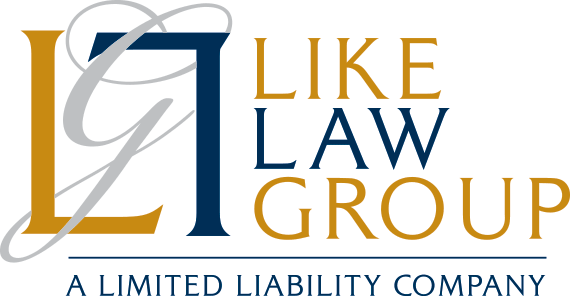Optimize Generational Wealth Transfers with These Insights
Generation-Skipping Transfer Tax 101
Many of you are likely familiar with estate and gift taxes. However, dealing with the generation-skipping transfer (GST) tax comes up less often since it usually only affects ultra-wealthy clients.
Estate planning attorneys, financial planners, and tax advisors must understand the GST tax and learn how to avoid it to help affluent clients accomplish effective planning. Explaining the GST tax to clients is easier if you share examples of how it might impact their particular situation. It is also vital to consider unique family dynamics, financial goals, and values when recommending the best tax strategies to distribute generational wealth.
What Is Generation-Skipping Transfer Tax?
The government collects federal estate taxes to generate revenue when wealth is passed down to subsequent generations. When people die, they usually leave their money first to their spouses, then to their children, then to their grandchildren, and then to more distant relatives. At each passing of generational wealth, the government collects an estate tax.
Wealthy families found a way to avoid estate tax by skipping a generation and transferring wealth directly to grandchildren and great-grandchildren, allowing them to pass down more wealth to future generations. Estate taxes were avoided when the skipped generation (in our example, the children) died because the children never owned the money or property.
The government responded with legislation in 1976 and again in 1986, attempting to eliminate the transfer tax advantage of skipping a generation by imposing a GST tax when a skip occurs, ensuring that large estates still pay estate tax at each generation.
The GST tax rate is currently 40 percent (the same as the highest federal estate and gift tax rate) so the tax burden on high-net-worth individuals can be substantial. Luckily, there is a GST exemption amount of $13.6 million for individuals in 2024 (the same as the federal estate and gift tax exemption) that can be used when clients want to make gifts or leave an inheritance that would otherwise be subject to the GST tax. This means that only large estates are truly impacted by the GST tax.
Who Are the Parties Involved in a Generation-Skipping Wealth Transfer?
There are typically three parties involved in a generation-skipping wealth transfer:
- The transferor: the person making the wealth transfer to an individual or a trust
- The skip person: the person receiving the money or property, who must be two or more generations removed from the individual making the transfer or is at least 37 ½ years younger than the transferor; a skip person may also be a trust in some instances
- The non-skip person or the skipped person: the generation between the individual transferring wealth and the one receiving it
Why Should Clients Be Mindful of This Tax?
Clients with substantial estates who are considering making sizable gifts or bequests to skip persons need to work with experienced professionals so they understand the tax consequences of these gifts or bequests, and so they can develop a strategy to properly utilize their GST tax exemption.
The earlier you can get your client started, the better the results. It will take time and collaboration with other professionals to ensure the best possible outcome. Additionally, as with any type of estate planning, you will need to remind the client about regular reviews for updates to their plan due to changing circumstances.
Partnering with Professionals to Align Legal and Tax Planning Strategies
Working together, we can provide our clients with comprehensive advice, ensuring that legal, financial, and tax implications are all considered in their estate planning strategies. This will enhance the overall quality of the service and expertise your clients receive. We welcome the opportunity to partner with you to develop strategies to assist our mutual clients.


